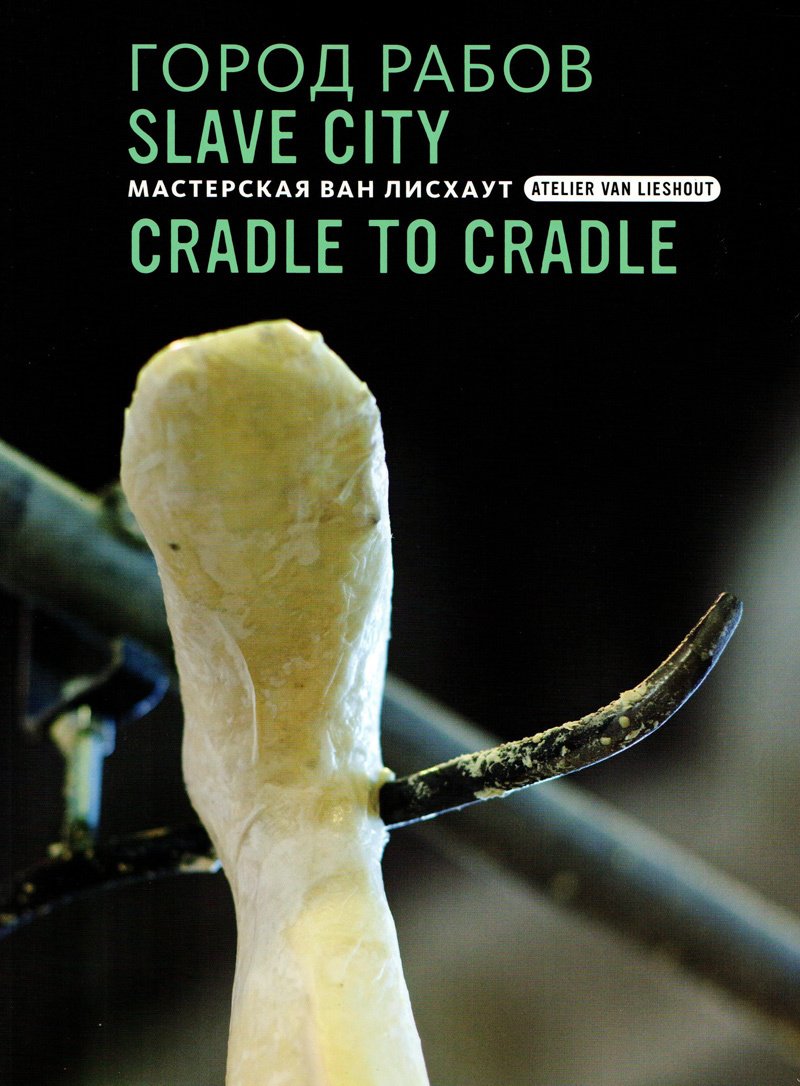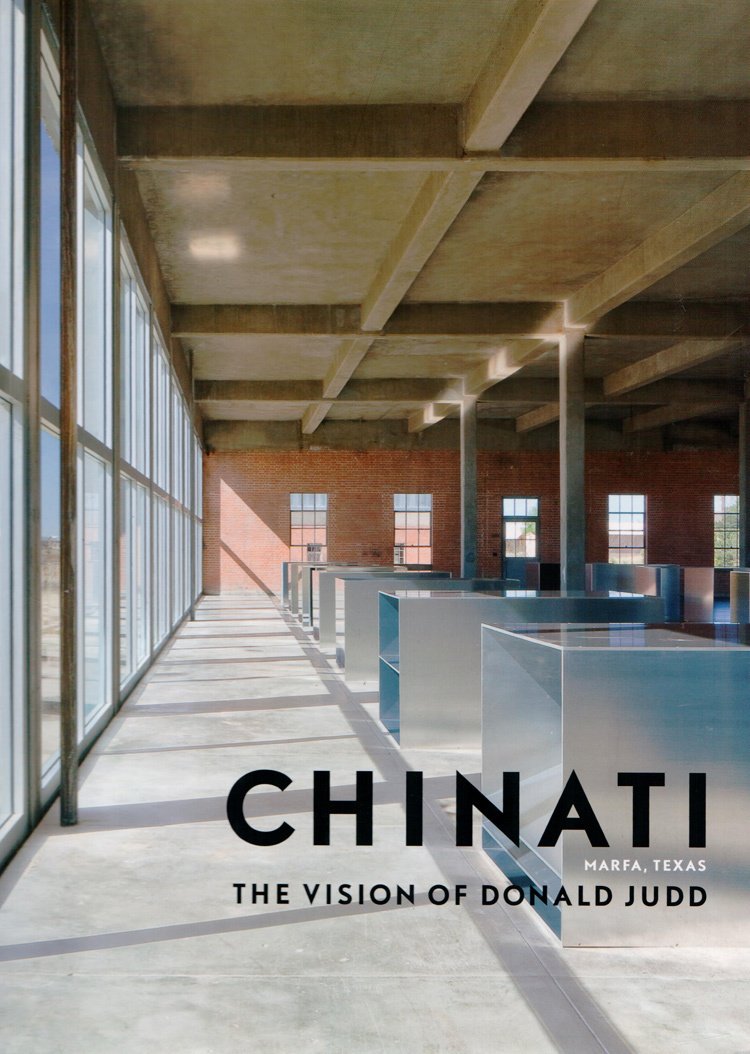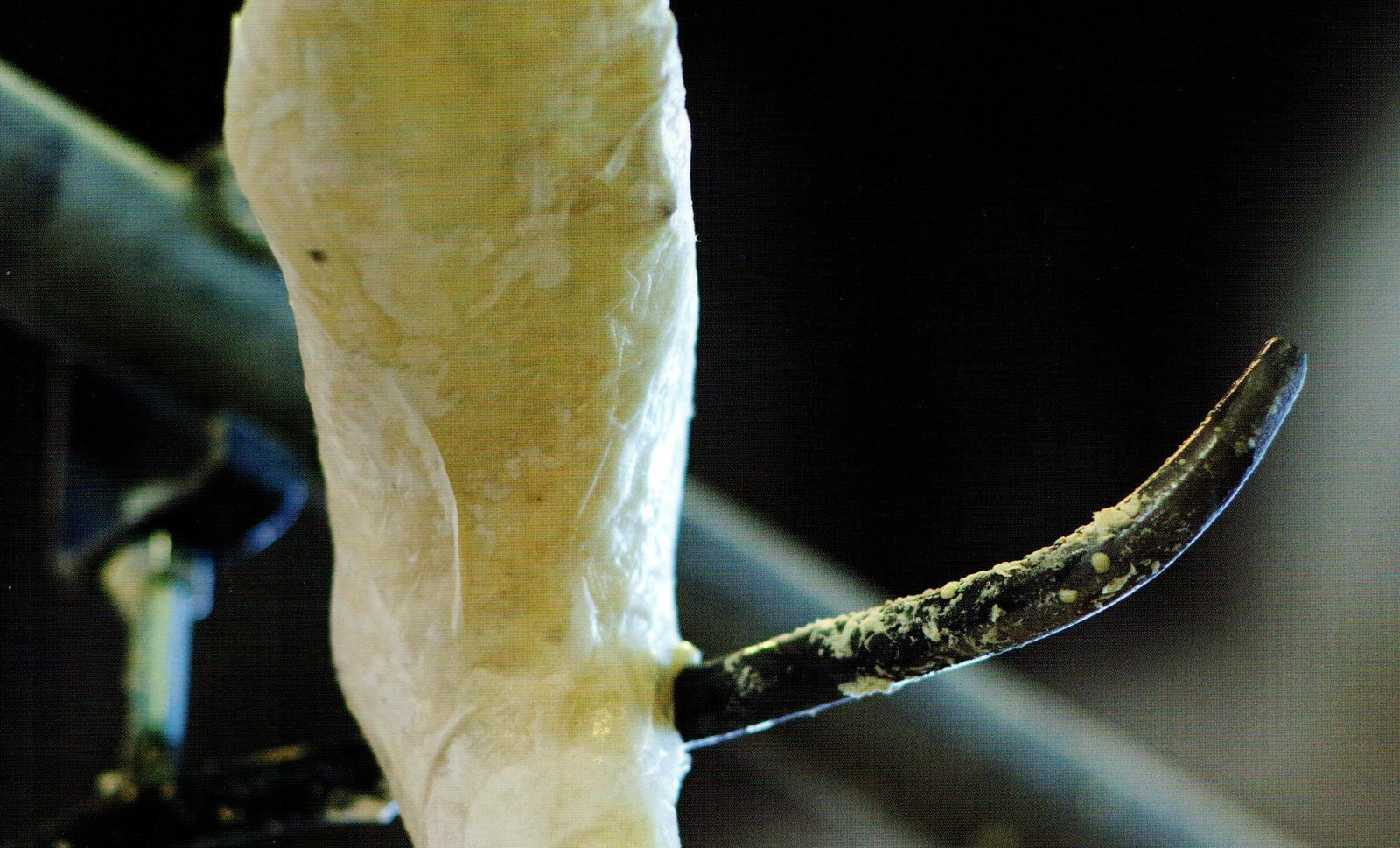Since the early 1990s, Slovenian art collective Neue Slowenische Kunst— whose exhibition NSK: FROM KAPITAL TO CAPITAL is now on show at Garage—have been working on a project of a virtual state with no territory and no borders. Garage Research have prepared an overview of publications on NSK, the “NSK State in Time” and similar initiatives by other artists.
Publications on Artist States
Overview by Elena Ishenko, Maryana Karysheva and Valery Ledenev

Посольство NSK в Москве: Буклет проекта [NSK Embassy in Moscow: Booklet]
Moscow, Regina Gallery, 1992, 16 pp.
In 1992 Neue Slowenische Kunst announced the creation of the “NSK State in Time”, a virtual entity that ‘rejects the categories of (defined) territory and the principle of national borders and advocates the law of transnationality’. The NSK Moscow Embassy opened in May the same year. The opening was accompanied by an exhibition and, more importantly, a public program, which invited reflection on world politics after communism. NSK embassies have also opened in Ghent, Berlin and Sarajevo.
The NSK Moscow Embassy opened as part of Viktor Misiano’s project APT-ART International supported by Regina Gallery. As well as the booklet, published for the opening, Garage Library holds a Regina Gallery catalogue, featuring a long article on the embassy by Lyudmila Bredikhina. V. L.

Мастерская Юпа ван Лисхаута. Город рабов [Joep van Lieshout Studio. Slave City. Cradle to Cradle]
Moscow, Winzavod CCA, 2009, 144 pp.
Joep van Lieshout Studio’s first Slave City works date back to 2005. Regularly producing new work, the studio has since accumulated a large stock of designs, diagrams, sketches and sculptures that comprise the project. Slave City is a rationally organized autonomous and self-sustaining settlement of the future that takes the idea of zero waste production to the extreme. Its inhabitants, or—in the studio’s terms—participants are workers, as well as the principle source of energy (biogas being produced from human waste), and eventually food for the others. Human recycling solves the problem of food supply as well as overpopulation. The studio has calculated the land surface needed for all of the city’s buildings and infrastructure, as well as the initial funding and potential profit. Absolute rationality and contemporary preoccupation with ecology and zero waste lifestyle in the absence of traditional moral principles—such is the future portrayed by the authors of the project. M. K.

Grammar of Freedom / Five Lessons: Works from the Arteast 2000+ Collection, Moderna Galerija, Ljubljana
Moscow, Art Guide, 2015, 200 pp.
The 2015 Garage exhibition Grammar of Freedom / Five Lessons included a six-minute film Pastan by Ebrossyn Meldibekov. Pastan is an invented state featured in a number of Meldibekov’s projects, including his work for the 2005 Venice Biennale, where he introduced himself as its citizen. According to the artist, many visitors nodded in response, as if they had heard about the country before or even travelled there. V. L.

Chinati. The Vision of Donald Judd
Marfa: The Chinati Foundation; New Haven and London: Yale University Press, 2010. — 327 pp.
Donald Judd’s minimalist art explored form at its simplest and had little to do with invented states. However, his artistic strategy did dramatically change a real town. In 1973, Judd moved from New York to Marfa, Texas and started buying land with abandoned warehouses and hangars, eventually turning the acquired land into an art residency. The book tells the story of the residency, which later became the Chinati Foundation, a contemporary art museum that became the heart of Marfa—a place where the American desert has been purged of the usual symbols of American capitalism with no branches of big banks or McDonalds.
Chinati residents included Carl Andre, Dan Flavin, John Chamberlain, Claes Oldenburg, Richard Long and Ilya Kabakov—minimalist artists like Judd whose art interested him in terms of his own work with space. The book contains detailed descriptions of works produced in the residency, artist’s sketches, and Judd’s own texts expressing his admiration of the landscape and his intent to make art that would be inseparable from its environment.
With Judd’s texts and a great number of photographs, the book offers an example of an artist’s idea—one that is far from any political agendas—intervening into the social landscape of a city and changing the lives of its inhabitants. E. I.

Interrogation Machine: Laibach and NSK (Short Circuits)
Cambridge MA, MIT Press, 2005, 314 pp.
Written by Alexei Monroe and published by MIT Press in 2005, this book on the art collective Neue Slowenische Kunst is not (as the author states at the beginning of the book) the biography we might expect it to be.
“The point of my research has always been to establish NSK as an extremely significant subject about which it is legitimate to be uneasy or distrustful of, but which nonetheless should not be excluded from the history of its time because of a preference for less problematic but infinitely lighter or more simplistic artistic phenomena”.
The book traces the evolution of the collective from its beginning to the latest works, made just before publication. The text also provides a political and historical context for a better understanding of NSK’s works. V. L.
